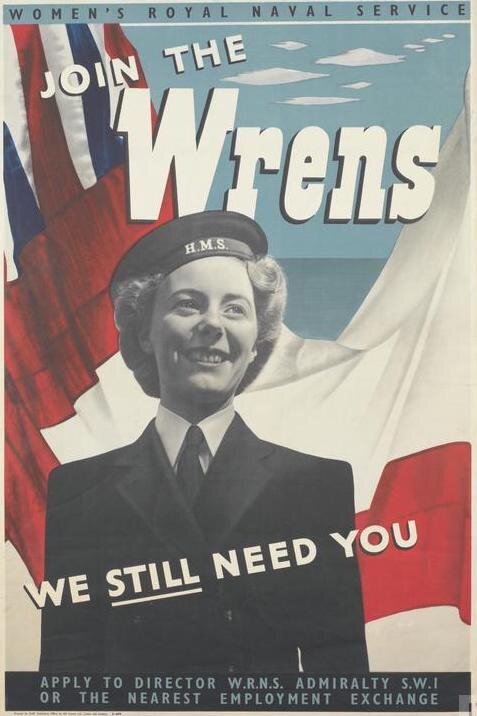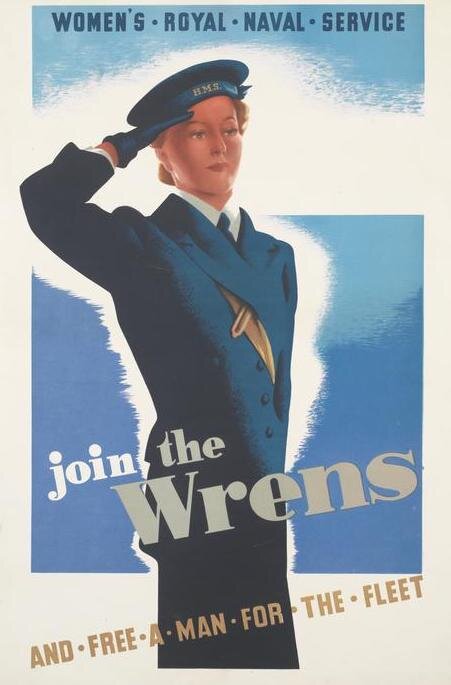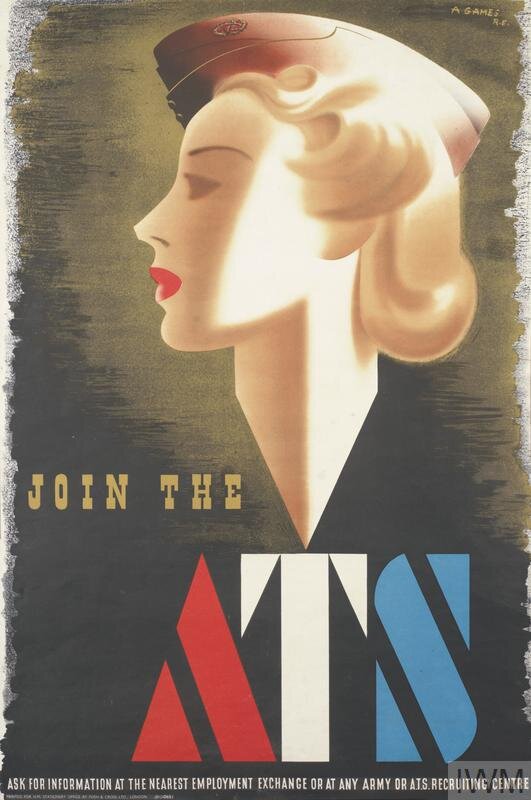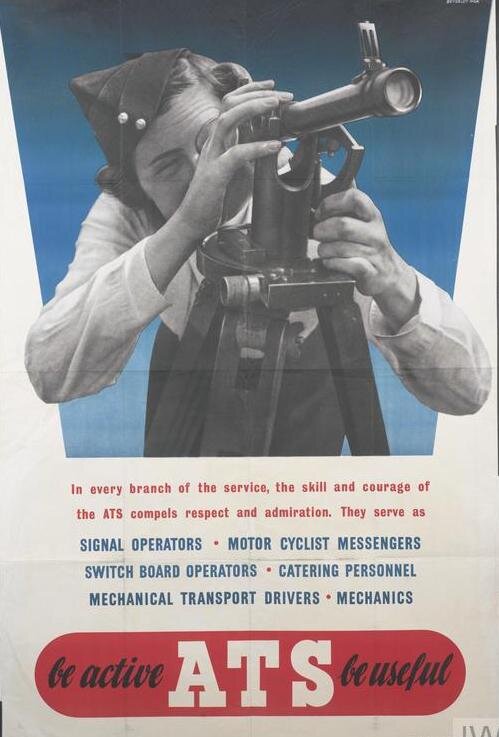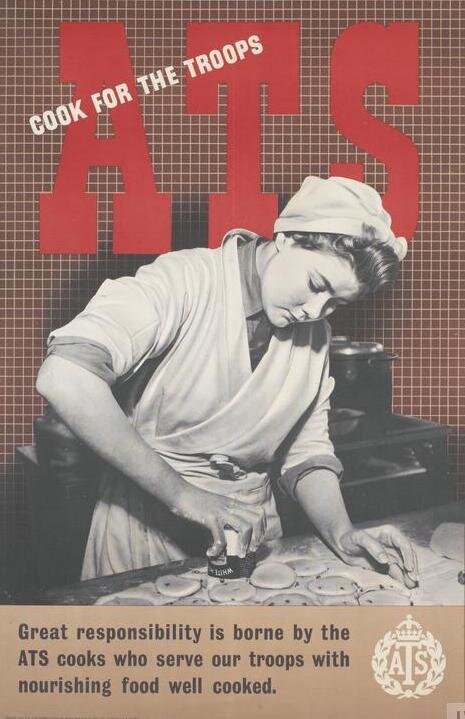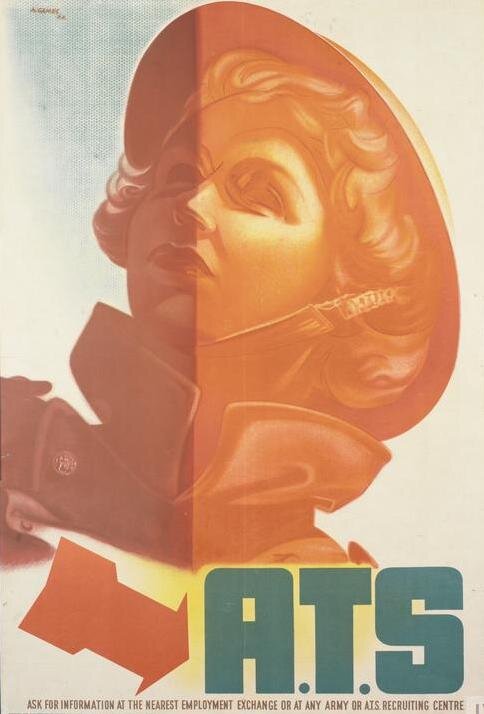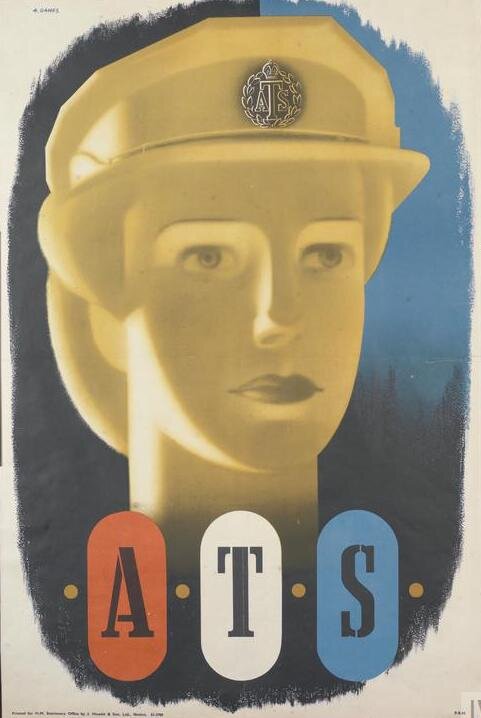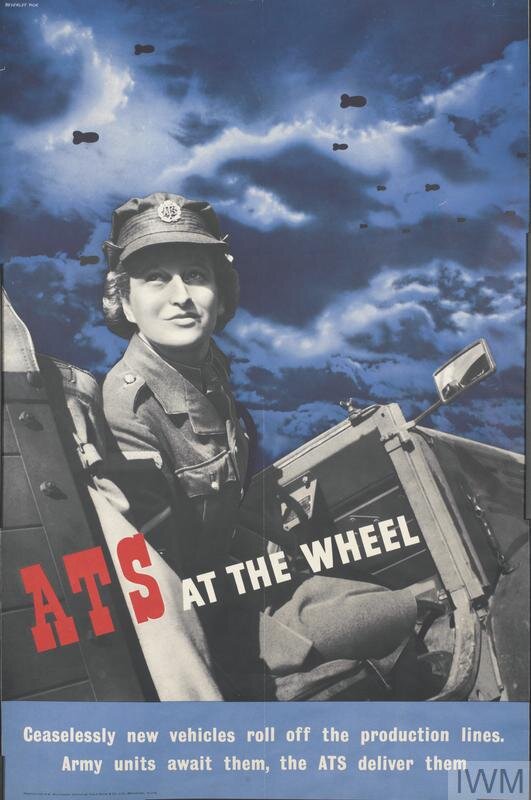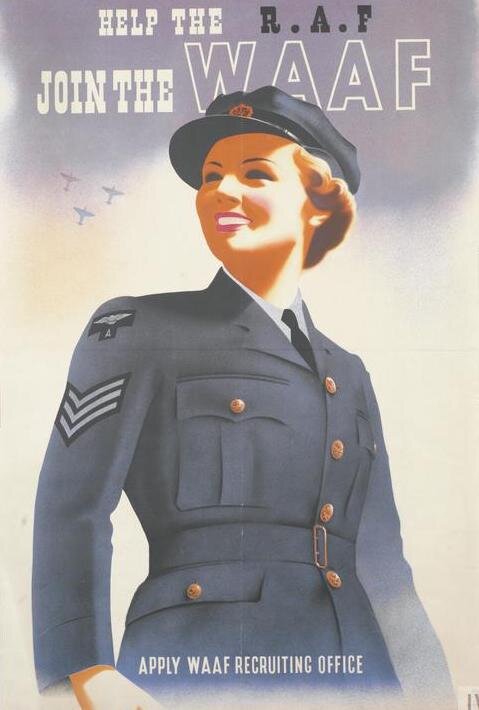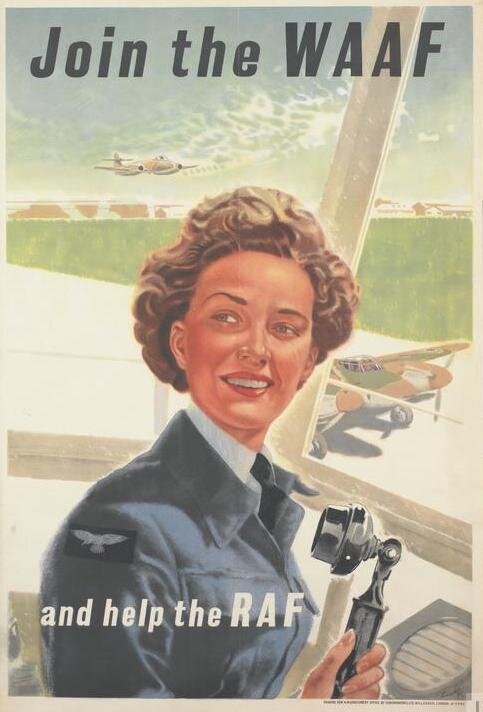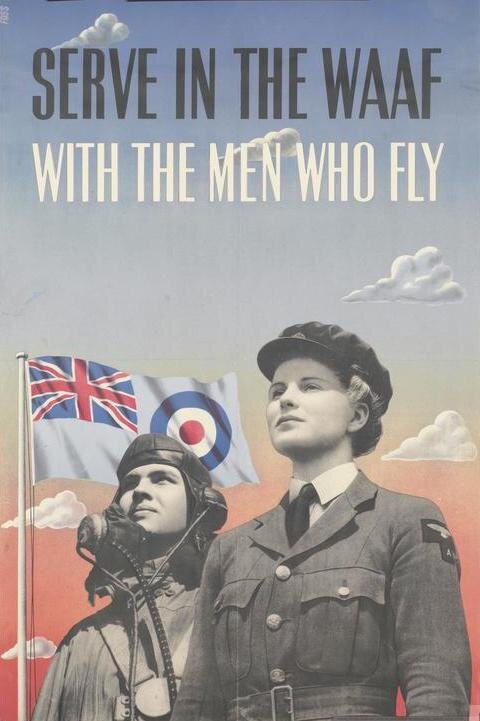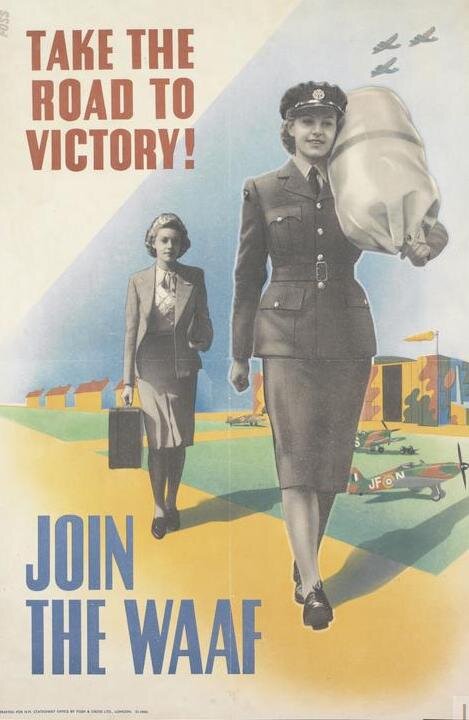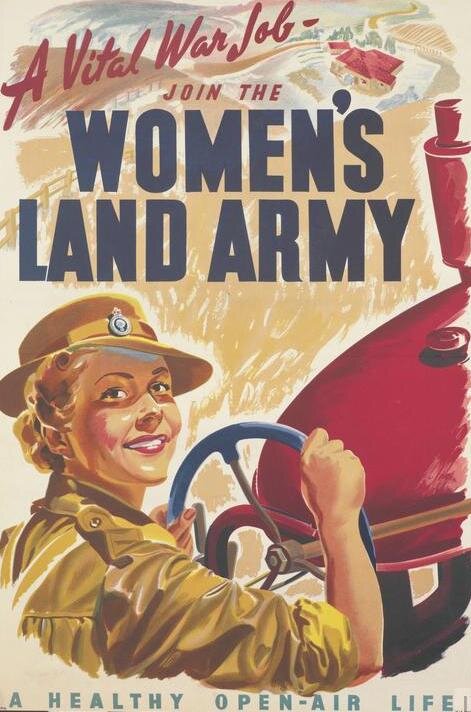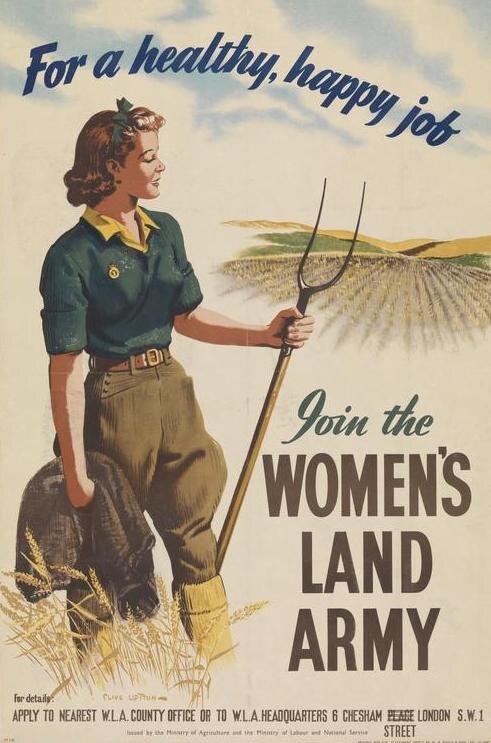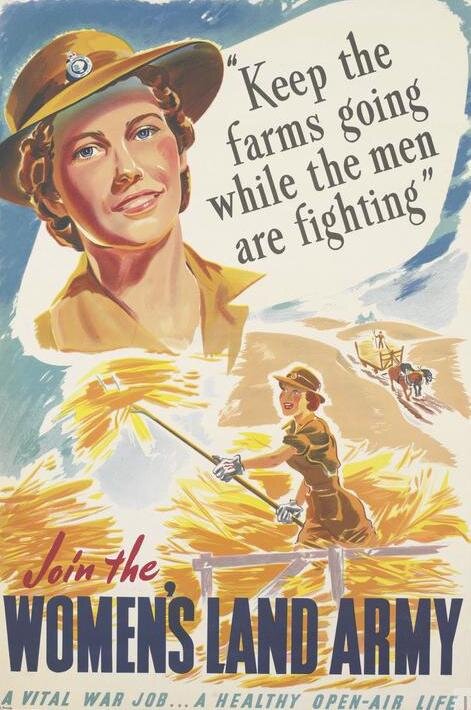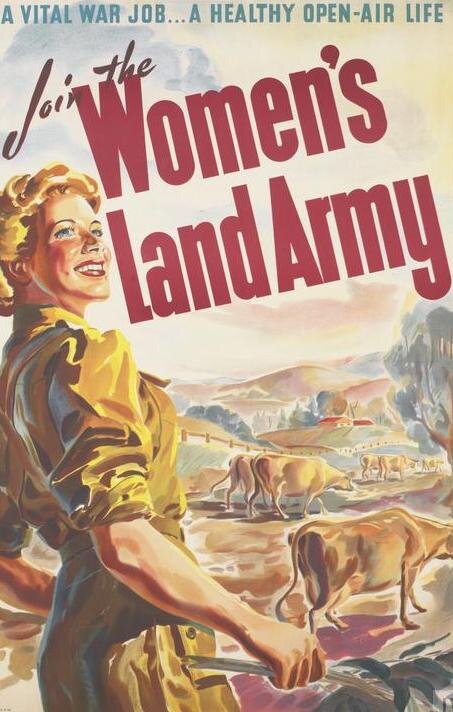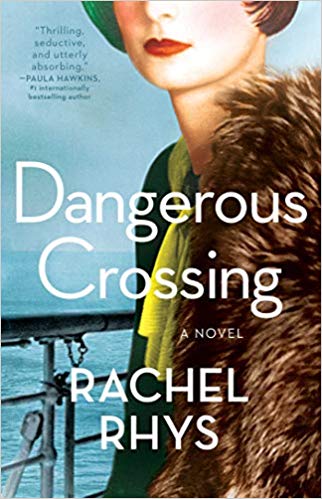It truly takes a village to publish a book. While I’m the author of The Whispers of War, there’s an entire team of people behind the book that you pick up a bookstore. Today I’m bringing you the second in a series of behind-the-scenes articles about The Whispers of War and talking to Kate Dresser, senior editor at Gallery Books.
Julia Kelly: How do you approach editing a first draft of when an author sends it in? Are there particular things you’re looking for in terms of plot or characters?
Kate Dresser: Every first draft is different, so I generally read a bit (say 50 pages) before deciding on an editorial approach. From there, I take notes and plan how to translate my impressions into cogent questions or suggestions. At first read, I’m assessing both characters and plot, but I find that a lot of the questions aren’t answered until the end—characters become clearer as they’re written, and the end of the plot works backward onto the beginning and middle, so at first draft, I try to draw the author’s eye toward any opportunities or subterranean thoughts that might have been lurking as they wrote.
JK: When we were working on The Whispers of War, you’d point out parts of the story that needed work and then ask just the right questions to help me figure out my own way to fix it. I’m half convinced that skill is magic. How did you develop that approach to working with authors?
KD: It’s not magic!
Because editorial work is an apprenticeship business, I was lucky enough to read behind or alongside many different experienced editors with varied skill sets—some were wonderful line editors, some super inventive with plot, some gave answers, others asked only questions. I think the most magical part of editing is the trust placed in me by authors; if I can build trust, such that the author knows I’m questioning and suggesting with an open mind and heart, anything seems possible! That’s why the phone call to discuss editorial changes is so important: two heads are better than one.
JK: Are there unique challenges to editing a book like The Whispers of War that relies on historical research you may not be as familiar with as the author? How do you navigate those?
KD: I’ve read a lot of historical fiction (certainly more than I’ve read nonfiction!), and I also have the benefit of Wikipedia! That said, sometimes my ignorance is a blessing—if I can’t figure out what some detail is from context clues, the reader might also want more context. So I flag anything I find unclear on the page, but sometimes I take a break and delve into an internet research break.
JK: I’ve been pretty upfront with readers that the early drafts of The Whispers of War were difficult to write because things didn’t “click” the way I wanted them to. You really helped me get to a point where all of the pieces fell into place, and I absolutely love the final book. Do you have any advice to authors who may be struggling with a manuscript? What do you do if you’re also struggling to figure out what’s not working?
KD: Some of the best editorial ideas I have are like strikes of lightning, which means you can’t coax them, you can only give them time to appear. Take breaks! Read something else, especially in another category, or watch a show wildly different from what you’re WIP is. When I really can’t figure out what’s not clicking, I reverse outline (so look at, absent the content, the balance and cadence of narration, or time periods, or how much time has elapsed). When you can see that you’ve had four chapters in a row from one character’s POV, when before you’d been alternating, that might be a sign you’ve lost your way. Similarly, if something really big happens off-screen and you only hear about it from the characters, try writing that scene—whether or not it ends up in the final manuscript.
JK: Are there particular themes or time periods that you think we’ll be seeing more of in historical fiction over the next couple of years?
KD: Fingers crossed, I’m hoping for more mid-century (a la Mad Men), I think Gilded Age America is growing, and I’d love to read more historical fiction set outside of Western Europe.
JK: How has being an editor changed how or what you read?
KD: I try very hard to preserve my sense of fun when reading; if I haven’t read a book purely for pleasure for a while, it can be easy to lose perspective on why we publish books. I’d say I read more nonfiction now as a break from editing fiction, and sometimes I can see where I’d have edited a particular book differently, but the hobby is largely the same as since I was a kid: to escape and learn.
JK: And finally, what have you read recently that you just can’t stop recommending to friends and family?
KD: Song of Achilles by Madeline Miller and The Body Keeps the Score by Bessel van der Kolk.




